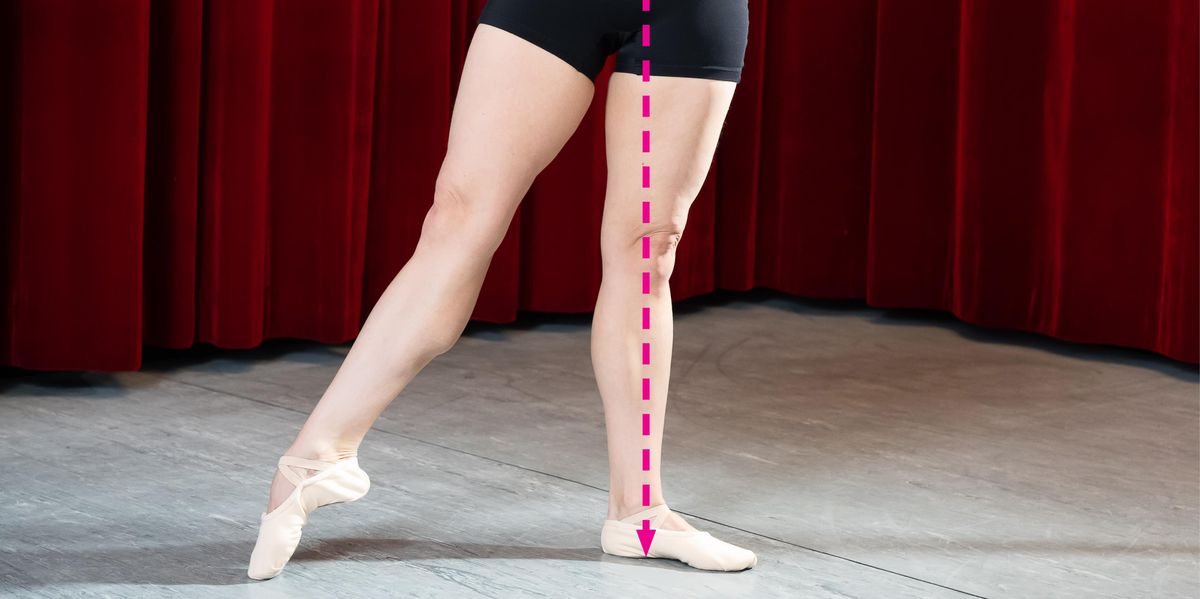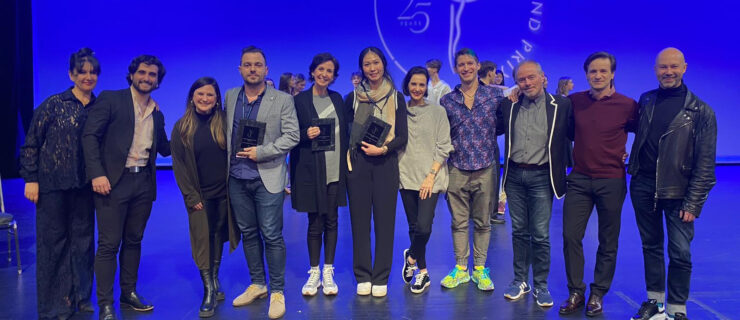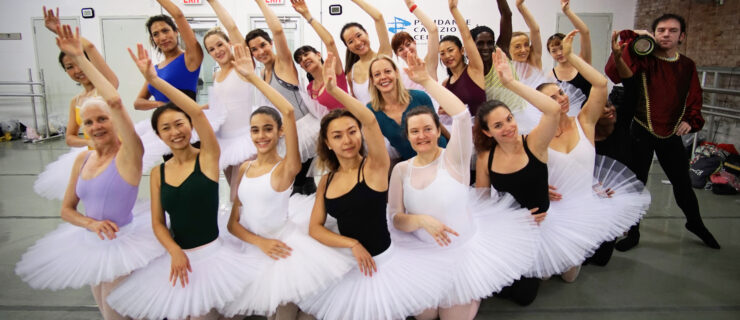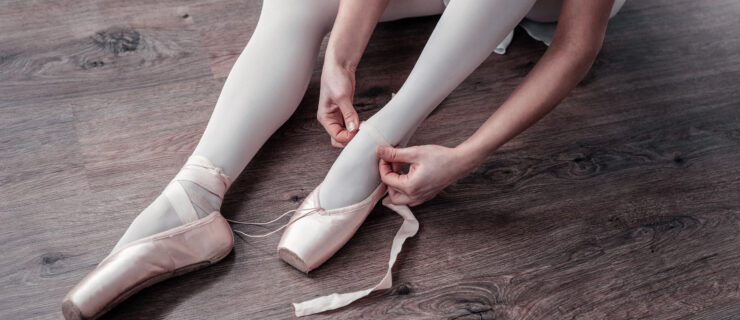Using Physics to Explain "Centered Placement," and How It Can Impact Your Dance Longevity
Could dance science help to prolong your performing career?
What if I told you that a few changes to your alignment, and, specifically, more targeted hamstring usage, could make a huge difference? This change could empower your dancing and impact longevity. The muscles are more available to recruit to fire, energy is conserved when executing movement (so stamina is increased), and consistency in balances, turns, jumps and lines could be more easily attained.
I’ve been fortunate enough to collaborate with dance physicist Dr. Kenneth Laws; we primarily focused on alignment and weight placement. Using an electronic barre (which uses the weight of the hand to measure various forces), we discovered that the even distribution of weight over a vertical axis (the supporting leg) resulted in a more stable center, which translated into dancers having greater freedom of movement. Alignment departing from this centered placement meant that the body usually gripped with opposing muscles.
After 25 years of using the ballet studio as a lab, I have tested and finessed this concept of “centered placement.” The idea is not new. However, combining science with ballet gives the concept new life and meaning, and is the foundation of this alignment. So, what do I exactly mean by “centered placement”?
When I use the word “centered,” I mean standing vertically near a centered axis (whether on one foot or two feet), implying working with gravity. Remember that gravity’s force pulls the body vertically toward the earth; if the weight is centered, there is less strain placed on bones and muscles.
But first: the how. Basically, it’s a two-step process. Keep in mind that we want to achieve verticality with the entire body.
Side-to-Side Centering

Photos by Kyle Froman; modeled by Natalia McCarthy.
Imagine yourself in fifth position facing the mirror. The legs are in diagonal lines and gravity’s force goes through an imaginary straight vertical line through the center of the body from the head to the feet.
From fifth position, do a battement tendu à la seconde. Keeping in mind that gravity runs vertically straight down, how do we achieve that with the supporting leg?
Simply put, in order to create balance and stabilization, you must shift your weight towards the supporting mid-foot (where the ankle and foot meet), as opposed to the ball of foot. By doing so, you naturally activate your hamstrings and adductors, and the quads don’t have to do all the work of preventing the body from toppling. It will feel as though the weight is in your heel.
The body works most efficiently when closest to a neutral (vertical) anatomical skeleton. Standing on a diagonal leg with all the weight on the forefoot doesn’t achieve this. When the muscles are closest to their resting position, they are much more able to contract. In a diagonal, the hamstrings are stretched, the knee is pushed back, and the turnout muscles aren’t being used to their fullest.
Front-to-Back Centering
Centered placement is two-dimensional. You just experienced your weight shift sideways from fifth position to a more vertical stance from a diagonal leg. That’s step one, side-to-side centering. Step two involves front-to-back centering, viewed from a profile perspective.
When moving from fifth position to one leg, your weight not only has to shift sideways but also up and forward. This means you really have to use the hamstrings (backs of the legs), adductors (inner thigh muscles, to stabilize) and turnout muscles (external rotators). The quads (front thigh muscles) must be contracted to lift the kneecap. The shoulder girdle sits directly over the pelvic girdle.
Go back to your fifth position, this time viewing yourself in profile. Both hips should be perpendicular to the barre. The buttocks are not tucked under, which maintains the natural lumbar curve.
Put the body in a fifth position that “feels” as though the body weight is located in the center. My bet is that the back leg is bearing a good percentage of the weight. Do a tendu side: the weight on the supporting leg probably shifts back, the knee is locked back, the pelvis and upper body tip forward and the quads grip for dear life to keep on balance.
The solution: For starters, shift your weight forward in fifth position so that both legs can turn out. The butt cheeks from the back will look even, and the inside hip will not be pushed back.
Extending the leg to the front, side or back, the hamstrings have to work with the rotators to maintain the weight “up and forward” while also shifting sideways toward the midfoot. In this way, the supporting leg does not twist, protecting the knees, hips and ankles. Verticality is maintained!
Achieving this centered alignment fosters the efficient use of the muscles, translating into more successful balancing, external rotation, turning and jumping. And the big bonus is that it will reduce your risk of injury and promote dance longevity for years to come.
Arleen Sugano, a ballet coach and dance scientist, is the owner and creator of
SuganoSystemBallet.









